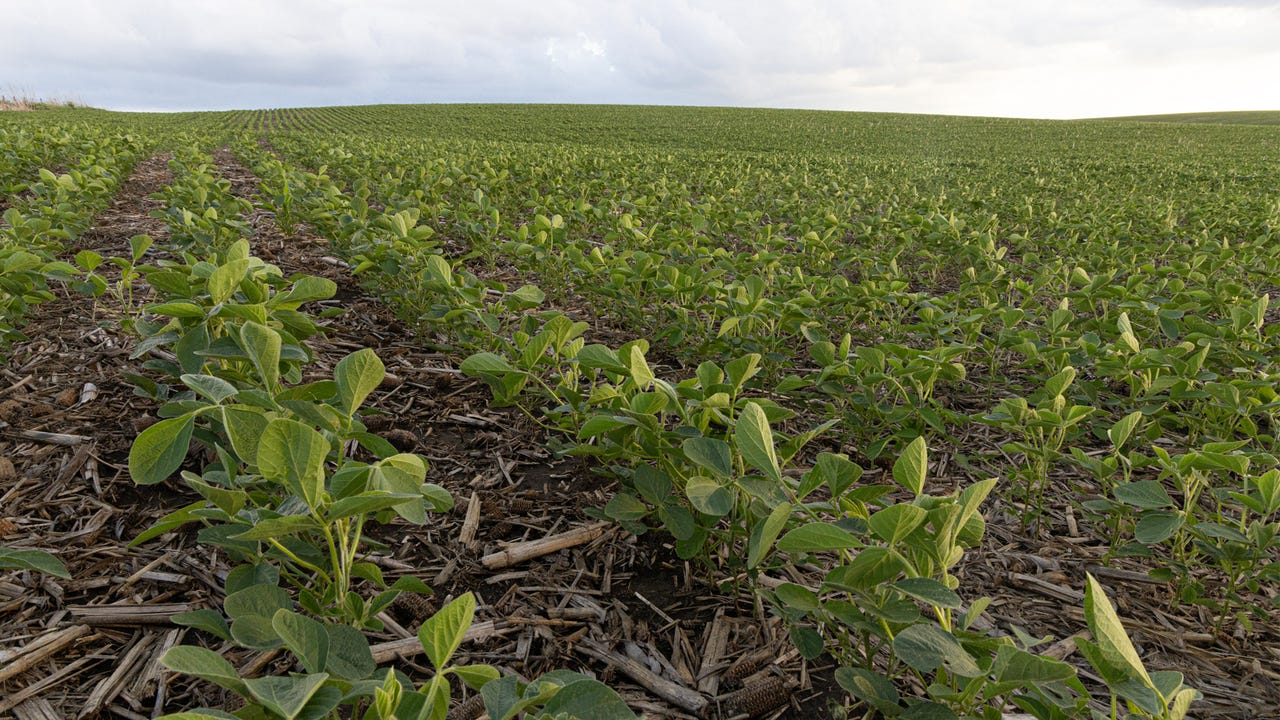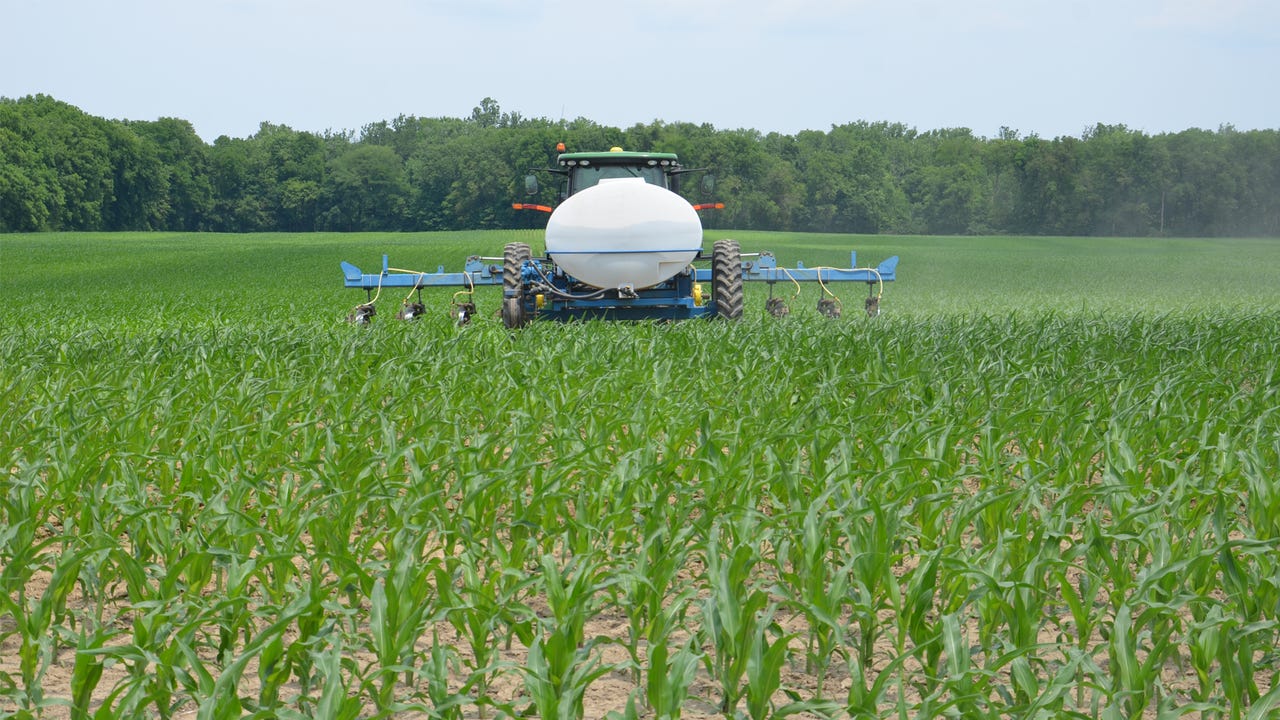Ever wish you could be paid for the way you farm?
These days, you certainly can.
Payment for carbon and sequestering or squelching greenhouse gases to produce low-carbon fuels spurred by Section 45Z and accompanying tax credits may soon be reality. They join “offset” and “inset” programs that firms currently offer to farmers.
Offset programs pay farmers using practices such as cover crops that “offset” greenhouse gases that companies produce in manufacturing products. Inset programs occur when a firm works with its own supply chain or that of other companies to reduce a carbon footprint.
The Bayer Carbon Program has both inset and offset customers, says Alyssa Cho, Bayer sustainable agriculture field team lead. It pays farmers for sustainable practices they are already using on their own farm, such as reduced tillage or cover crops.
“We pay $6 per practice per year dating back to the fall of 2019,” Cho says. “We've also added a nitrogen-reduction offer that pays an additional $4 per acre.”
The Bayer Carbon Program contract is for five years. If a grower decides to sign up again at the end of the contract, Bayer offers another $6-per-acre bonus. Either Bayer or the farmer can exit the program before the contract expires.
Inset programs
The Soil and Water Outcomes Fund (SWOF) is an inset program that works with public and private organizations to achieve sustainability goals. It pays farmers who have implemented or expanded conservation to achieve environmental outcomes such as carbon sequestration, emission reductions and water-quality improvement.
It offers one-year contracts for practices such as:
- reduced till and no-till
- extended crop rotations
- cover crops
Its average annual payout in 2024 was $33 per acre for participating farmers.

VARIETY OF PAYMENTS: Farmers can be paid for a variety of practices that reduce greenhouse gas emissions, such as reduced tillage or cover crops.
Carbon intensification scoring
What direction payments may take from Section 45Z federal tax credits hinges on regulations issued by the Treasury Department. It has not issued such regulations.
“The ethanol [biofuel] company is going to capture a lot of that value, perhaps the majority of it,” says Sean McMahon, head of U.S. sustainability for FarmersEdge. “But there's still substantial value there for farmers. There’s a premium for low-carbon grain, and that value is going to exceed carbon offsets or carbon insets based on the voluntary carbon market today.”
The tax credit’s worth is based on a carbon intensification (CI) score that tracks the biofuel supply chain’s carbon footprint. The more greenhouse gas-cutting practices a farmer adopts, the more he or she could potentially glean in payments from the tax credit passed on by the biofuel producer.
“What I love about CI scoring is it represents a snapshot of a particular crop in a particular field for a specific year,” McMahon says. He says existing carbon programs have more rigor and parameters. Some programs also nix payments to farmers who have installed previous conservation practices, he adds.
It remains to be determined what this payment plan has upon programs such as the Soil and Water Outcomes Fund, says Adam Kiel, SWOF managing director.
“Although some are saying that 45Z is locked in, we still don’t know if in-field climate-smart ag practices are eligible to count toward a fuel producer's score,” he says. “That decision is still with the U.S. Treasury Department.”
Hybrid program
Indigo Ag is already offering 45Z programs through several partnerships using interim guidance provided by USDA, says Chris Malone, vice president for Indigo Ag’s biofuels and market development.

NITROGEN MANAGEMENT: Payments also can be garnered for practices that optimize nitrogen management. (Tom J. Bechman)
“At Indigo Ag, we see 45Z as a complement to other sustainability programs, not a competitor,” he says.
Its FieldFlex program allows farmers to move eligible fields between 45Z and other programs as crop rotations and opportunities change, he says. This allows farmers flexibility to capture the best value from sustainability programs each year, Malone adds. It also allows agribusinesses and farmers the ability to monetize sustainability attributes, even if they can't take advantage of 45Z every year, he says.
Malone adds that Indigo Ag currently offers a guaranteed payment if Treasury does not implement 45Z.
No double dipping
Farmers cannot double dip payments between programs for which they are paid to slash greenhouse gas emissions in the same year, McMahon says.
However, he sees an opportunity for biodiversity payments — such as for improving water quality — to be stacked on top of payments for reducing greenhouse gas emissions.
Farm bill components — such as the Regional Conservation Partnership Program — allow for this, McMahon says. So do inset programs such as SWOF and others, which pay farmers for improving water quality.
“You could stack a water-quality credit that pays farmers for reducing nitrate leaching on top of a Section 45Z payment for reducing nitrous oxide emissions,” he says.
Although this market is slower to develop than programs that slash greenhouse gases, interest exists, McMahon adds.